Museum of Traditional Vietnamese Medicine – FITO Museum
Description
Traditional Vietnamese medicine dates back hundreds of years and is still practiced today. The humid tropical atmosphere is ideal for the growth of many different species of plants. This allows herbal treatments to live on and heal many Vietnamese people. If you’re interested in how Vietnamese medicine is made and how it has changed through time, the Museum of Traditional Vietnamese Medicine in Ho Chi Minh City is a must-see.
The Museum of Traditional Vietnamese Medicine, often known as FITO, was constructed in 2003 and has been available to the public since 2007. Mr Tam, the museum’s proprietor, has a solid background and a passion for traditional medicine. Despite the high cost, he opted to create this museum in the hopes of preserving essential knowledge and ways of creating medicine, as well as commemorating two of the finest Vietnamese medicinal herbalists, Hai Thuong Lan Ong (18th century) and Tue Tinh (14th century). It is still regarded as the sole private museum for traditional medicine in busy Ho Chi Minh City.
The museum houses approximately 1,112 medicine names and nearly 4,000 precious artifacts related to traditional medicine in Vietnam from the Stone Age to the present day, such as knives used to cut drugs and boats used to crush drugs with a 2,500-year history, including some knives brought from the hometown of Zen master Tue Tinh and the famous doctors of Hai Thuong Lan Ong and Le Huu Trac.
Visitors should take the elevator or walk to the fourth and fifth floors to explore Rooms 1, 2, 3, 4, 5, 6, and 7. They next proceed to the third floor to examine Rooms 8, 9, 10, and 11. Rooms 12, 13, 14, and 15 will be on the second floor. Room 16 is located on the first floor.
Architecture of the Museum of Traditional Vietnamese Medicine
The Museum of Traditional Vietnamese Medicine’s architecture is a blend of traditional and modern styles, highlighting the distinctive features of several Vietnamese areas. It took 50 skilled engravers about three years to complete the exquisitely carved wooden masterpieces with subtitles exhibiting many varieties of traditional herbals. On the stairway leading to the ground floor, hung a majestic educational image of Vietnam, detailing lifestyles and daily activities in ancient Vietnam, which was perhaps the largest Vietnamese picture of herbal medicine.
Fito Museum has 6 storeys and 18 rooms, totaling an area of 600 square meters. It was previously utilized as a private residence and an office before being converted into a museum. The museum is largely composed of wood gathered from ancient houses throughout Vietnam, creating a warm and inviting environment. While exploring the museum, you will also have the opportunity to learn about Vietnam’s old architecture. Each floor has a unique design, including tiles, walls, and furniture constructed of varied materials. Because of the skilled craftsmanship, every aspect of the building looks magnificent. This gives the interiors a wonderful appearance. Notably, depictions of Vietnamese dragons may be found on the museum’s sloping roofs. The elevator will take you to the 5th floor, where you can stroll down the lower stairs to visit.
Coming here, visitors can learn about a variety of traditional plants as well as Vietnamese traditional medical procedures. The museum displays up to 3000 objects demonstrating the origin, history, and variations in curing procedures over time. In addition, the museum exhibits traditional medicine-making implements like as grinders, pots, jars, spoons, knives, bowls, teapots, stamps, and so on. Mr Tam’s devotion is evident in his collection of numerous valuable medical books and documents dating back more than 200 years. He also applied modern technologies to portray the history of traditional Vietnamese medicine through documentary films to give visitors a better understanding of traditional Vietnamese medicine.
Structure of the Museum of Traditional Vietnamese Medicine
The Museum of Traditional Vietnamese Medicine’s building is an excellent blend of traditional and modern elements, revealing the distinct characteristics of several Vietnamese areas. There are 18 exhibition rooms, each displaying a different aspect of traditional Vietnamese medicine.
Room 1: The Historical Chronology of Traditional Vietnamese Medicine
This area contained information about events and landmarks in the history of Vietnamese traditional medicine.
Room 2: The Altar of Medicine
An altar here honors the two greatest Vietnamese herbalists, Tue Tinh and Hai Thuong Lan Ong.
Room 3: A Prehistoric Traditional Instruments
Medical herbal artifacts from the Stone and Bronze Ages are displayed here.
Room 4: A Vietnamese Physicians
This area features 15 photographs of notable 13th- through 18th-century Vietnamese traditional medicine physicians and authors. These photos are unique in that they are handcrafted using traditional Vietnamese art methods.
Room 5: The Cham Tower
A miniature model of the Cham Towers in Central Vietnam can be found here. On the other side, there is a gate that resembles Thang Long’s gate, which was built in Hanoi in 1780. The words “Medical Temple” are stone-carved on the top of the gate.
Room 6: The Oriental Traditional Medicine
Tourists are given an overview of the history of Chinese, Korean, and Vietnamese traditional medicine.
Room 7: The Tree of Traditional Vietnamese Medicine
“Viet Nam Bach Gia Y” is a wooden carving of an antique tree that portrays 100 royal Vietnamese traditional medicine physicians and authors from the XII to the XX centuries. A glass cabinet displays books and documents about medical science (pharmaceutics, pediatrics, acupuncture, etc.).
Room 8, 9, 11, 12, 13, 14, 15
This is an appropriate room for travelers to examine the equipment and ingredients used in the preparation of Vietnamese traditional medicine over time. Here is a big collection of flora, fauna, animals, minerals, cutlery, pots, bowls, and so on. A 2000-year-old mortar used to grind herbs, as well as several instruments, are visible in the chamber. Large jars of medical materials in alcohol (reptiles, plants, etc.) are placed in the room.
Room 10: The Pharmacy House Model of XIX Century
In the room is a full-size pharmacy model with an 81-drawer wooden closet housing various types of herbs and wooden storage. Under supervision, visitors can mix and sample their own medicines at the museum.
Room 16: The Royal Medicinal Academy
In this room, visitors can learn about the Vietnamese royal physician academy. The academy is responsible for taking care of the royal family.
Room 17: The Cinema Room
The movie theater offers a 15-minute documentary on the history of traditional Vietnamese herbal medicine and specific, beneficial techniques to care for the herbs. Vietnamese, English, German, French, and Russian are provided to travelers.
Room 18: The Pharmacy and Souvenir Shop
Travelers can visit the gift shop after their journey to purchase gifts for their friends and family back home.
In addition to these, guests can also take advantage of other services. One of the most important is the herbal foot bath, which is incredibly soothing and relieves stress.
Gallery / Photos
Working Hours
- Monday 8:30 AM - 5:00 PM
- Tuesday 8:30 AM - 5:00 PM
- Wednesday 8:30 AM - 5:00 PM
- Thursday 8:30 AM - 5:00 PM
- Friday 8:30 AM - 5:00 PM
- Saturday 8:30 AM - 5:00 PM
- Sunday 8:30 AM - 5:00 PM
Location / Contacts
- Address : 41 Hoang Du Khuong Ward 12, District 10, Ho Chi Minh City 700000 Vietnam
- Phone : +842838642430
- Mail : museum@fito.vn
- Website : http://fitomuseum.com.vn/

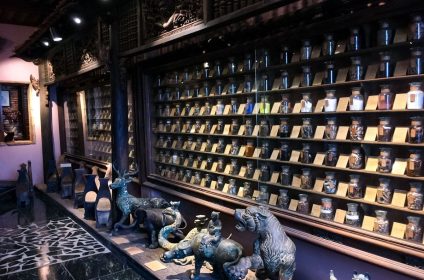
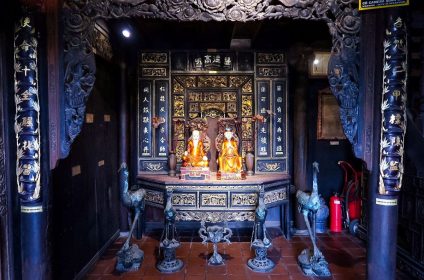
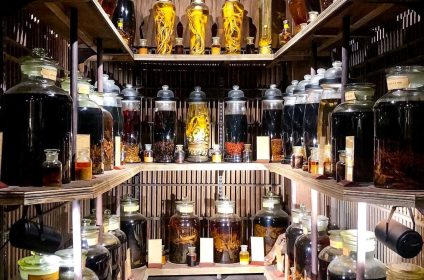
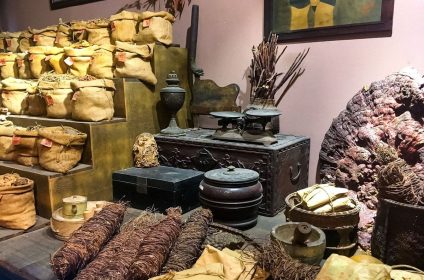
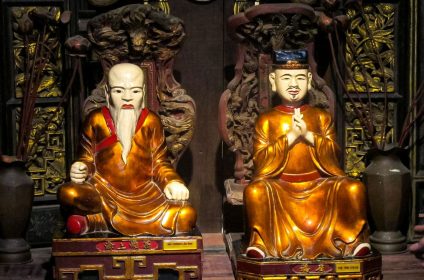
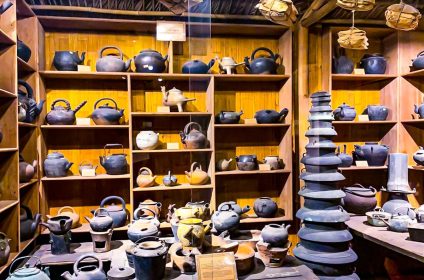
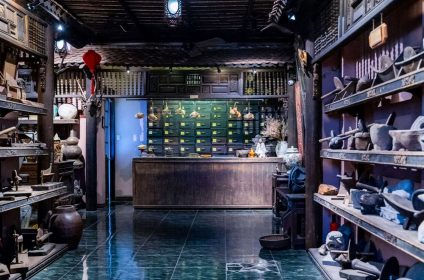
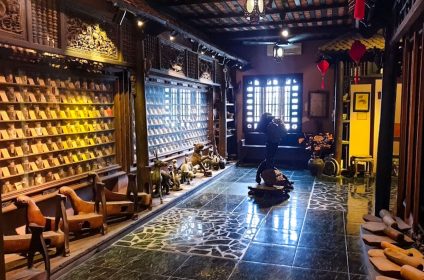
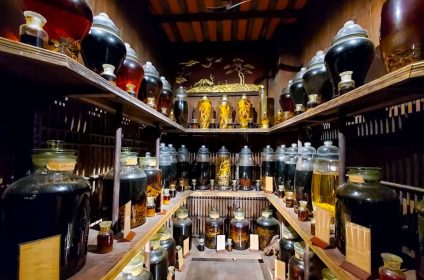
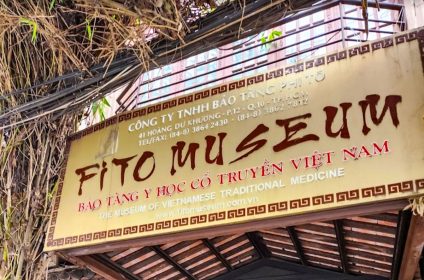
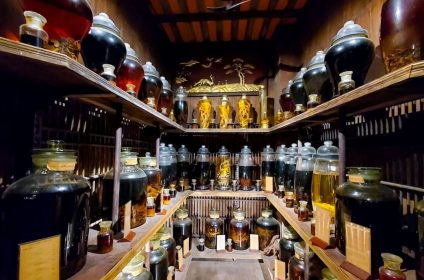
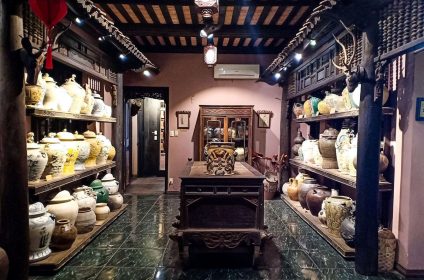
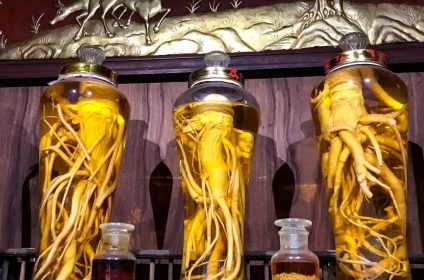
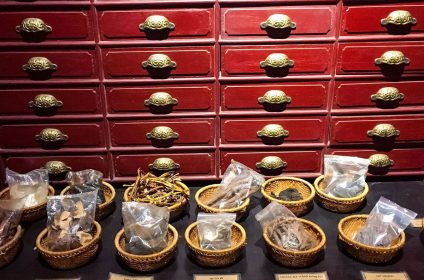
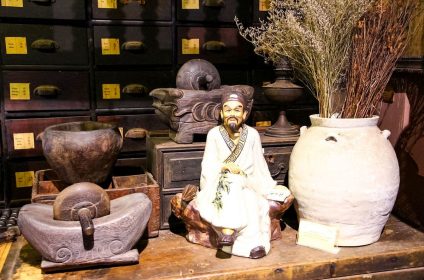
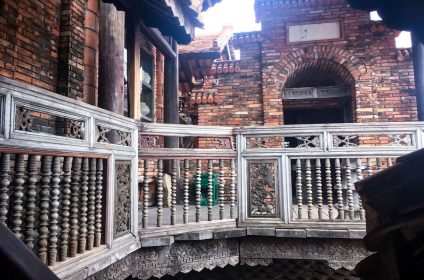
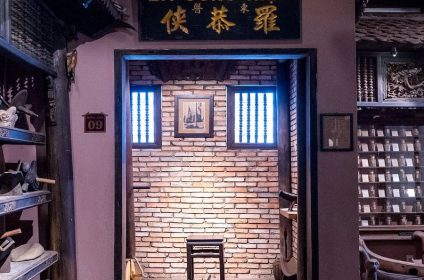
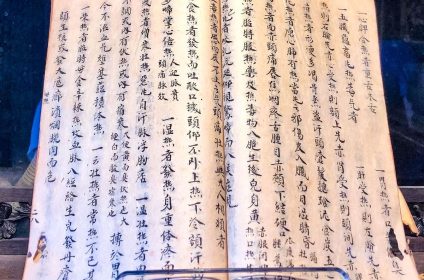
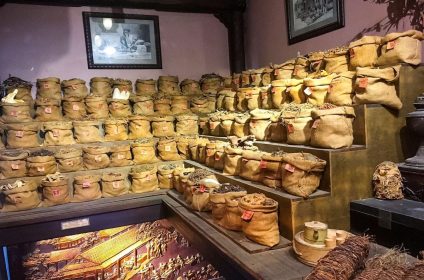

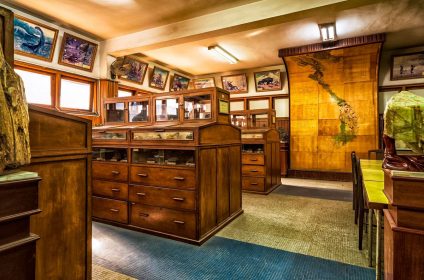

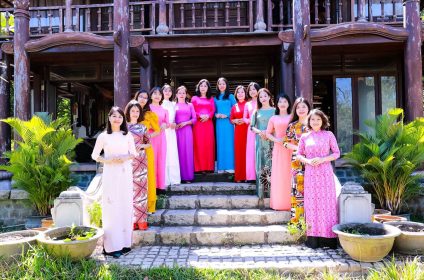
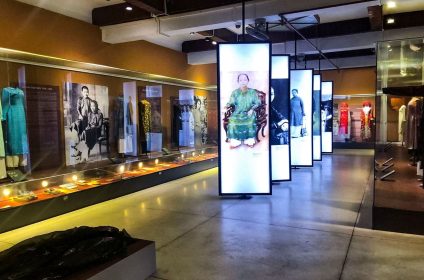










Add Review